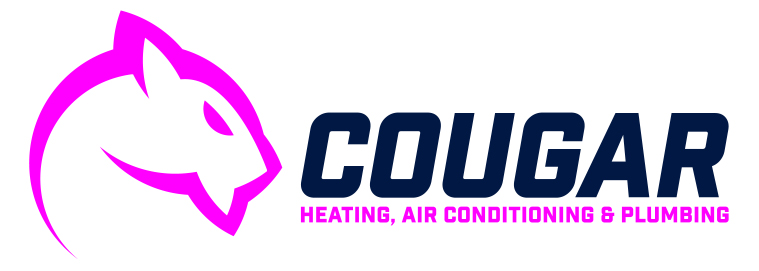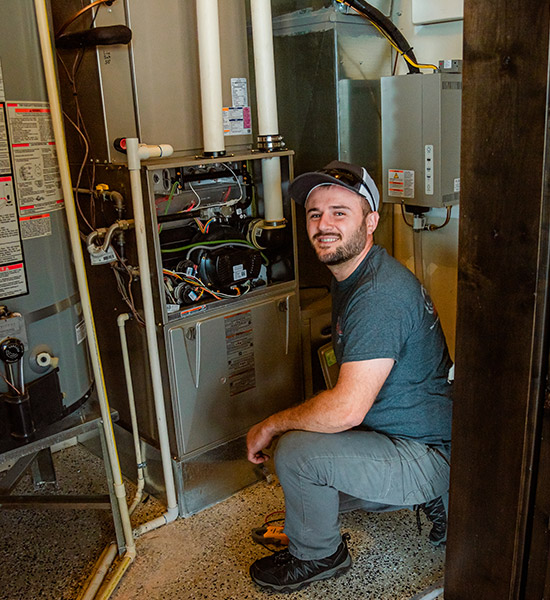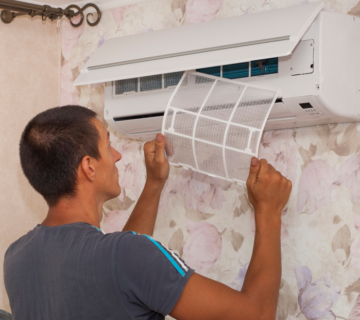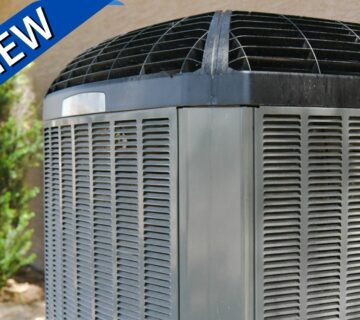Can you feel it? The cold wind is starting to blow, which means winter is just around the corner. And with that said, it’s high time you ensure your home stays warm and comfortable throughout the coming cold days.
Be sure your furnace is all set for the coming winter with these tips:
1. Get your furnace inspected by professionals.
HVAC technicians say that the heating system repair service calls they often receive during winter are problems caused by a lack of regular maintenance. So, call an HVAC technician to inspect your furnace before the problems get out of hand. During the inspection, the technician will do these:
- Check for signs of leaks and rust.
- Clean the furnace.
- Ensure that all functions work.
- Inspect carbon monoxide leaks.
- Give recommendations to help the furnace withstand the test of time.
Manufacturers recommend scheduling yearly maintenance to ensure your furnace lasts long. But you can always consult the technician for other steps to ensure your furnace is winter-ready.
2. Remove any fire hazards.
Check around the furnace and ensure every possible fire hazard is removed. Things like paper, old magazines, electronics, and books are considered fire hazards and don’t belong anywhere near the furnace.
Don’t even put them above the furnace because it is not a shelf. Keep them at least 3 feet away, if possible. It is safe to store them in a separate room, far from the furnace.
3. Replace the air filters.
Your furnace may have accumulated lots of dirt throughout the year. And that affects its efficiency.
Experts recommend changing the air filters at least on a monthly basis. This will keep the indoor air clean and reduce the strain on your furnace.
4. Clean the vents and pipes.
Make sure no carpets, rags, or furniture are blocking the vents. Also, go outdoors and ensure the unit and pipes are not blocked by any debris.
And after a weather event like a typhoon or heavy snow, remove any ice or snow blocking the pipes and vents. This can restrict airflow and prevent your heating system from defrosting.
If the furnace has a boiler system with radiators, remove anything on top or next to them, so they don’t burn or melt.
5. Test the thermostat.
You don’t have to wait for the snowflakes to start falling to turn the heat on. You can always perform a test run before it gets very cold.
Start by turning on the thermostat and checking if the heat kicks on. Then get a feel of the temperature inside your home. If the air coming out isn’t as warm as you want, or if the heat turns off before the set temperature is reached, call an HVAC technician with contractor’s insurance immediately for repairs.
6. Check the alarms, too!
It also helps to check the fire and carbon monoxide detectors at home. These systems are crucial to avoid fire incidents, so make sure the batteries are working.
If you have yet to install any carbon monoxide detectors, it’s time to invest in one. These home additions can significantly increase your property’s value should you plan to list my home. Carbon monoxide poisoning is a common problem associated with heating systems, and most of these cases happen in the winter. Even the smallest leak in the furnace can harm everyone’s health.
Don’t Let the Cold Bother You!
Prepare and check your heating system before the cold weather kicks in. This will help avoid and minimize issues in the long run. This is also a wallet-friendly and practical option than furnace repairs.
If you need help checking your furnace, contact an experienced HVAC technician immediately.
About the author
Shelby Bartz is the new Content Editor of Precision Air & Plumbing, a full-service HVAC, plumbing and home performance contractor operating in Chandler, Arizona. Shelby is a devoted bookworm but when she isn’t reading, you’ll find her cruising around town with her beloved ginger husky, Maxxy.



